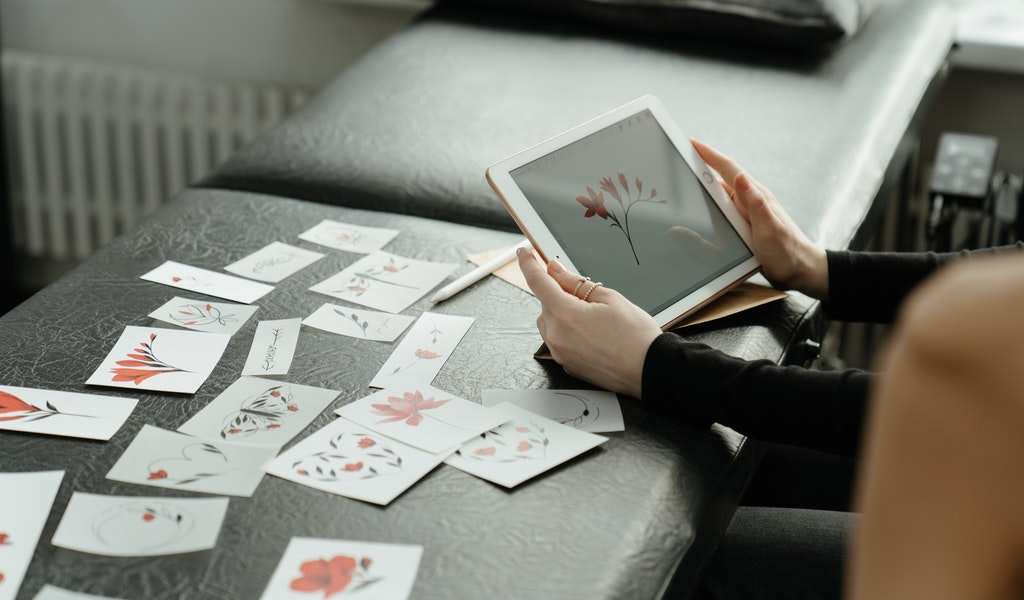Tattoos are a timeless form of body art with various meanings to those who bear them; some get inked for beauty, others have it as a rite of passage, and to some people, they give a sense of belonging to a particular subculture. Regardless, a lot has changed throughout the history of tattooing.
Read on for an insightful and brief history of tattooing.
The First Tattooed Man
Significant evidence shows that Otzi the Iceman, believed to have lived between 3370 BC and 3100 BC, was the first tattooed man. His mummified body was discovered in the Otzal Alps in September 1991, making him Europe’s oldest mummy.
It had more than 60 tattoos on its body. Most of them were on lower limbs. Research shows that soot and fireplace ash were used to make these inscriptions.
Other Ancient Tattoos
The word tattoo comes from ‘tautau,’ a Samoan term that mimics the sounds produced by ancient tattooing tools. Polynesians used turtle shells and boar teeth to insert the body ink under the skin. They held ceremonies to symbolize boys’ transition from young adulthood to manhood, where they could become chiefs like their fathers. It was disrespectful for an outsider to bear these markings.
Among the Maori, who are also Polynesians, tattoos showed your pedigree, status, rank, and skills. Society considered tattooed individuals more desirable than those without body art. Bone chisels were used for making incisions, followed by the application of soot.
In Egypt, tattoos were used for beauty or medical reasons. It mostly involved women tattooing each other to improve fertility and rejuvenate the body. The tools were wooden, and the pigment was made from soot.
Elsewhere in China, tattoos were stigmatized. Having a tattoo was a sign to society that you aren’t trustworthy because you’re a criminal. These markings were made on the forehead and at the back.
Early Perception in the West
In Western countries, tattoos were mainly associated with societal misfits, such as drug addicts and dealers, gang members, delinquents, etc. It was rare to see a tattooed person mingling with the ‘civilized.’
Although many shops had sterilization equipment, poor hygiene was still a significant concern. As a result, hepatitis outbreaks, blood poisoning, and other diseases became a problem. Some governments outlawed tattooing, forcing the business to go under in response. During this hiatus, only the best survived.
Tattooing in Scandinavian Europe
The modern history of tattooing in Scandinavia began in the late 19th century when sailors arrived in Copenhagen with tattoos gathered from their trips. At the start of the 20th century, Copenhagen was the only place in Scandinavia where you could get tattooed. It has remained so for almost 100 years.
The First Tattoo Shop Ever
The first tattoo shop was owned by Martin Hildenbrandt, who migrated from Germany to New York in 1846. A few years later, a tattooing machine inspired by Thomas Edison’s perforating pen was designed and patented.
A Change of Perception
Things started changing in the 1970s. Tattoos gained popularity in all economic classes and both sexes. However, most of its customers were still the youth.
Nowadays, there’s little criticism of tattoos. It’s easy to see celebrities with body ink used for commercial advertising.
The Future of Tattooing
Like other industries, tattooing gets better every day. Moden equipment has significantly improved the accuracy of body art, as you can see with embroidery tattoos. The artists are also continually improving their skills.
Wrapping Up:
A lot has changed throughout the history of tattooing. An ancient form of art that was previously stigmatized is now accepted. However, it’s worth noting that tattoos are permanent. It would help to consider all the pros and cons before getting inked.
Remember there is no need to worry if you somehow get a tattoo that you dislike since there are many options to get rid of your unwanted tattoos, for example, check tattoo removal in Melbourne.

















